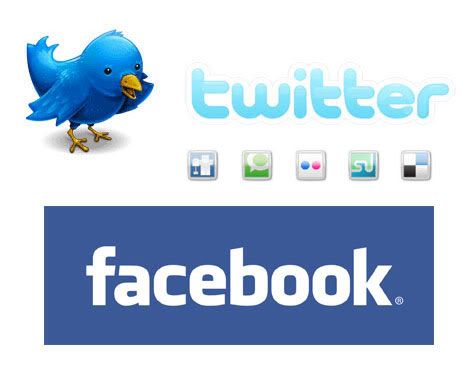When first this training was discussed, I will admit I was concerned about the Facebook and Twitter sections. I know from ‘googling’ my children how unsecure these sites can be. In light of this, I have not opened an account for myself on either website. This has not, however, prevented me from using them.
Both websites are concerned with communication. This can be between friends, groups or the general public. Not long ago I was under the impression that these websites had very little value other than informing people about one’s day to day experience, much like a diary. Facebook offered the added ability to play games, or post pictures, or maybe invite people to events. Twitter seemed to have no use other than sharing in the moment information, which in the hands of some youth seemed to include “I am waiting for the bus” or “I really need to pee”. Not earth shattering stuff by any means. This all changed when I realised the profound implications of having a website with such instantaneous communication ability. The recent flooding in Queensland put this into perspective for me.
In a disaster environment where information was slow to reach the media, one could be left wondering what was going on. If you simply opened Twitter, however, new information was being shared every second, all organised into one easy list by the hash tag #qldfloods. People all over the globe were sharing messages of support, offering donations and getting the word out. Emergency workers and police were offering up to date information about the goings on, and what to expect. Possibly the best part was the sheer speed in which misinformation was being rectified. Often in these situations the media can get the wrong idea, miscommunicate missing person’s counts or put a spin on information. The sheer number of people using Twitter to share the information meant that any errors were recognised and fixed within seconds. Some conventional media recognised the value of these websites, reporting information they had received from “tweets”. The Australian Broadcasting Corporation even included a panel showing all the latest twitter feeds pertaining to the floods on their flood emergency webpage.
Twitter managed to reach greater numbers of people far more quickly. At one point all the elderly residents of a nursing home in Ipswich (many suffering with dementia) had to be evacuated in the middle of the night to a church hall that was being utilised as an evacuation centre. The local Priest put a call out on Facebook and Twitter for young people who would like to come and spend some time just to talk with the residents as they were frightened and unsure of what was happening. Within a very short amount of time, he had hundreds of people arriving to help. Had that call gone out via the conventional media, it may have been days before anyone showed up.
While Facebook does not quite have the reach and speed of Twitter, the website proved extremely useful in the locating of family members and friends, often taking the heat off of emergency services. I personally have some family members in Queensland, and my children were able to keep in touch with them and updated about their situation via the Facebook website.
The ways in which Facebook and Twitter were utilised during the floods are not new or ground-breaking, as they have proved their worth in the same manner many times before. During the Iranian uprising of 2009 television and media crews were banned, and Twitter became one of the only ways information could get out of the country. The California bushfires in 2007 saw the websites being used by fire and emergency services to get information in and out, notify people about road closures and evacuation points, and call for assistance when required.
I do not have either Facebook or Twitter accounts but I was still able to utilise all the information being posted. Whilst it is a personal chose not to open accounts due to my issues with security and privacy of both sites, I can see the enormous benefits for the library and corporate world to use these mediums.
Social networking has proven to be the fastest way to distribute information, regardless of whether it relates to emergencies, events, or the colour of one’s breakfast cereal. In terms of library usage, the fast and targeted release of information about upcoming events, important notifications to patrons, self-promotion of the library, and the answering of patron’s questions could make for a greater community experience, and draw more members back to our fold.


The use of Twitter and Facebook during the Queensland disaster was amazing, wasn't it? I had posts popping up in my facebook live feed which were terrifying and also 'in real time'. Not something I'd ever wish to experience here :(
ReplyDelete